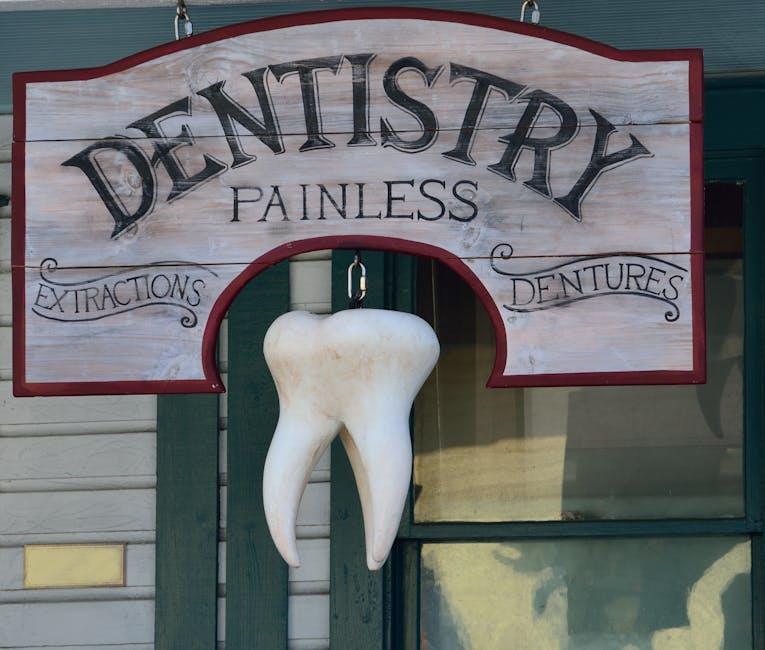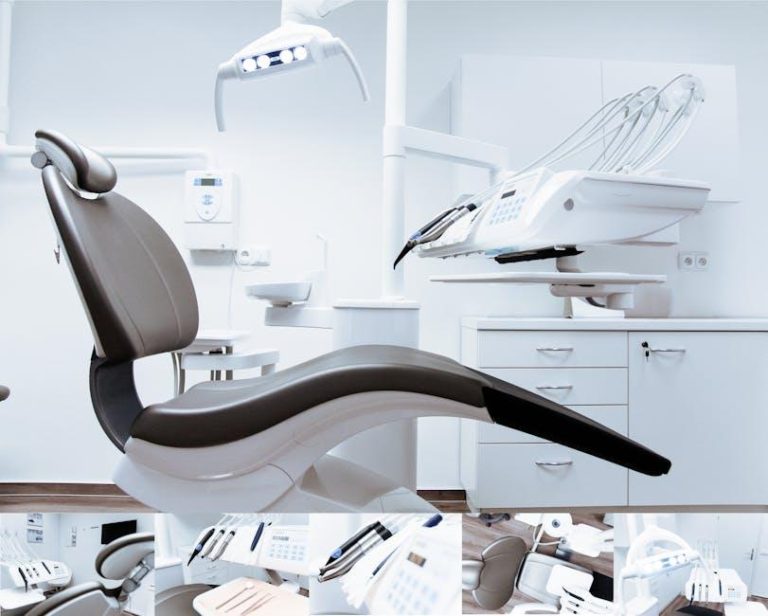
Dental Care in the US: What the Numbers Reveal About Our Oral Health Habits – NCHStats
Oral health is a critical component of overall well-being, yet many Americans underestimate the importance of consistent dental care. Thanks to the detailed surveys and reports from the National Center for Health Statistics (NCHStats), we now have a clear window into the dental care habits of people across the United States. This comprehensive analysis will deep dive into what the numbers say about our habits, trends, and opportunities to improve oral health nationwide.
Understanding the Current State of Dental Care in the US
The NCHStats provide valuable epidemiological data focusing on how often Americans visit the dentist, their daily oral hygiene routines, and disparities in dental health across various demographics. Here’s what you need to know:
- Dental Visit Frequency: Approximately 64% of Americans reported visiting a dentist within the past year, indicating room for improvement in regular dental checkups.
- Oral Hygiene Routines: About 70% brush their teeth twice a day, but only 35% floss daily, highlighting a gap in flossing behavior.
- Dental Health Disparities: Low-income families and certain ethnic groups have lower rates of dental visits and higher incidence of untreated tooth decay.
Key NCHStats Data on Oral Health Habits
| Dental Care Behavior | Percentage of US Adults |
|---|---|
| Visited a Dentist in Past Year | 64% |
| Brush Teeth ≥ 2 Times/Day | 70% |
| Floss Teeth Daily | 35% |
| Use Mouthwash Regularly | 45% |
| Reported Tooth Loss Due to Decay | 20% |
Why Regular Dental Care Matters: Health Benefits Backed by Science
Good oral health habits are more than just cosmetic—they prevent serious health complications. Let’s look at the critical benefits of maintaining consistent dental care:
- Prevents Cavities and Gum Disease: Routine brushing, flossing, and dental visits reduce plaque buildup and bacterial infections.
- Reduces Risk of Systemic Diseases: Poor oral health is linked to heart disease, diabetes, and stroke.
- Promotes Self-Confidence and Social Well-being: A healthy smile boosts self-esteem and positive social interactions.
- Early Detection of Oral Conditions: Dentists detect issues early, including oral cancer and enamel erosion, leading to better treatment outcomes.
Common Barriers to Effective Dental Care in the US
NCHStats also shed light on why many Americans do not maintain optimal dental care. The main obstacles include:
- Cost and Insurance Limitations: Dental care can be expensive, and many people lack dental insurance coverage.
- Fear and Anxiety: Dental phobia contributes to missed appointments and poor oral hygiene.
- Lack of Education: Misunderstandings about flossing, brushing techniques, and oral health’s importance impact habits.
- Access to Care: Rural areas and underserved communities have reduced access to affordable dental services.
Practical Tips to Improve Your Oral Health Habits
Improving your dental health doesn’t require a complete lifestyle overhaul. Implement these straightforward tips to brighten and protect your smile:
- Brush Twice Daily: Use fluoride toothpaste and a soft-bristled toothbrush for two minutes each session.
- Floss Every Day: Remove plaque and food particles between teeth where toothbrushes can’t reach.
- Limit Sugary Foods and Drinks: Sugar fuels decay-causing bacteria in the mouth.
- Schedule Routine Dental Checkups: Visit your dentist every six months for professional cleanings and exams.
- Quit Smoking: Tobacco worsens gum disease and oral cancer risks.
- Use Mouthwash: Antimicrobial rinses can help reduce bacteria and freshen breath.
Case Study: Improving Oral Health in a Low-Income Community
In a recent public health initiative inspired by NCHStats data, a community clinic in the Midwest launched a program targeting dental care access in underserved neighborhoods. Here’s a snapshot of their success:
| Metric | Before Program | After 12 Months |
|---|---|---|
| % Adults Visiting Dentist Annually | 42% | 68% |
| % Daily Flossing | 18% | 40% |
| % Reporting Tooth Pain Improvement | N/A | 75% |
This case underscores the transformative impact of targeted education, affordable care, and ongoing support.
My Experience: How Simple Changes Transformed My Smile
After reading NCHStats reports on oral health, I realized how my own dental care was lacking—especially my poor flossing habit. I started flossing daily, cut back on soda, and scheduled twice-yearly dentist visits. Within months, I noticed less gum sensitivity, fresher breath, and stronger teeth. This personal journey reinforced that even small, consistent oral hygiene improvements can reap major benefits.
Conclusion: Embracing Data-Driven Dental Care for a Healthier America
Data from NCHStats paints a clear picture: while many Americans maintain good oral hygiene, significant gaps remain—especially in flossing frequency, regular dental visits, and equitable access. To improve oral health nationwide, we need a combined effort of education, affordable services, and lifestyle changes. By adopting daily dental care routines and prioritizing professional checkups, you can protect your smile and overall health.
Remember, dental care isn’t just about teeth—it’s about total wellness. Use these insights and practical tips as motivation to start or enhance your oral health journey today!


